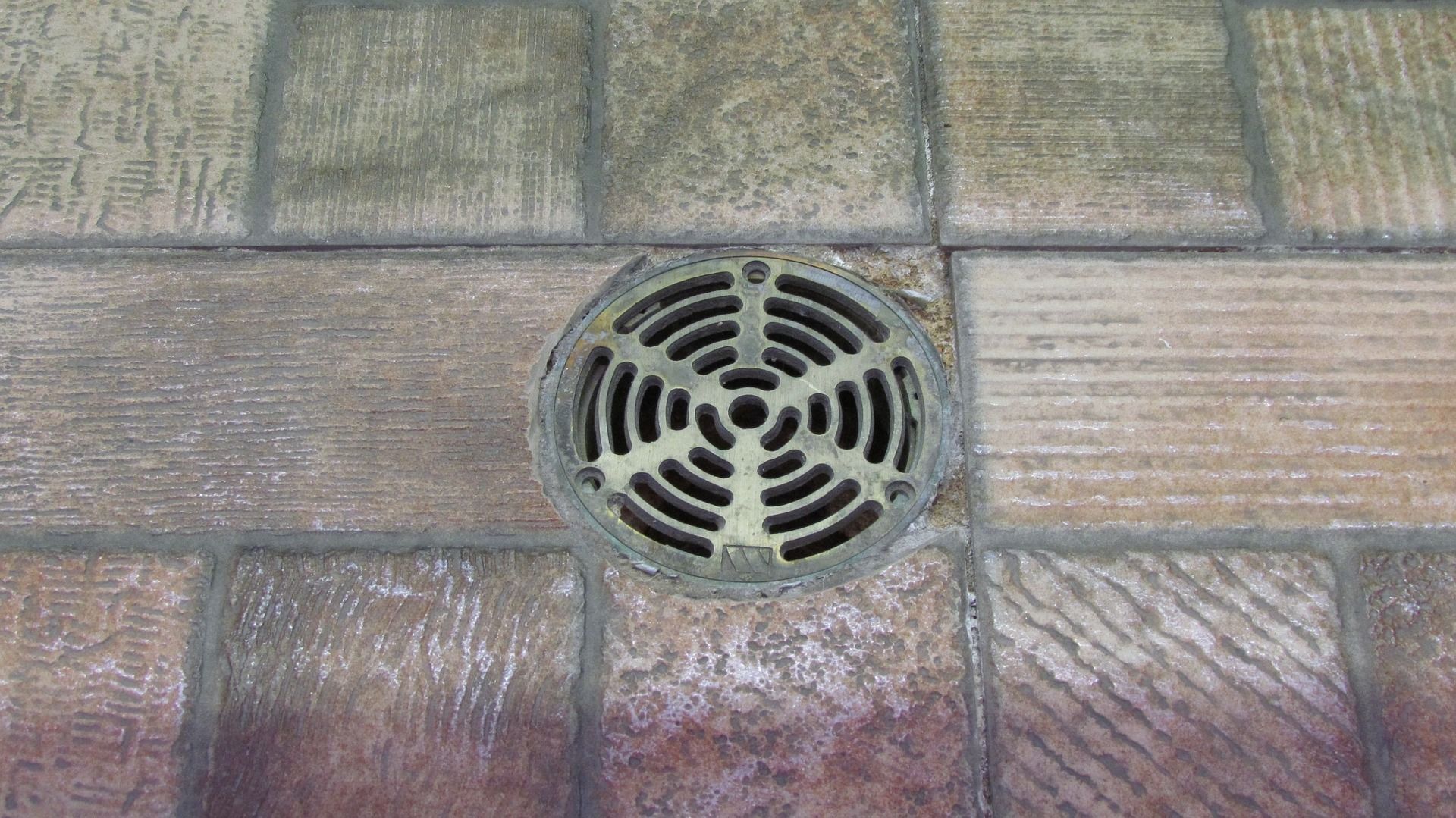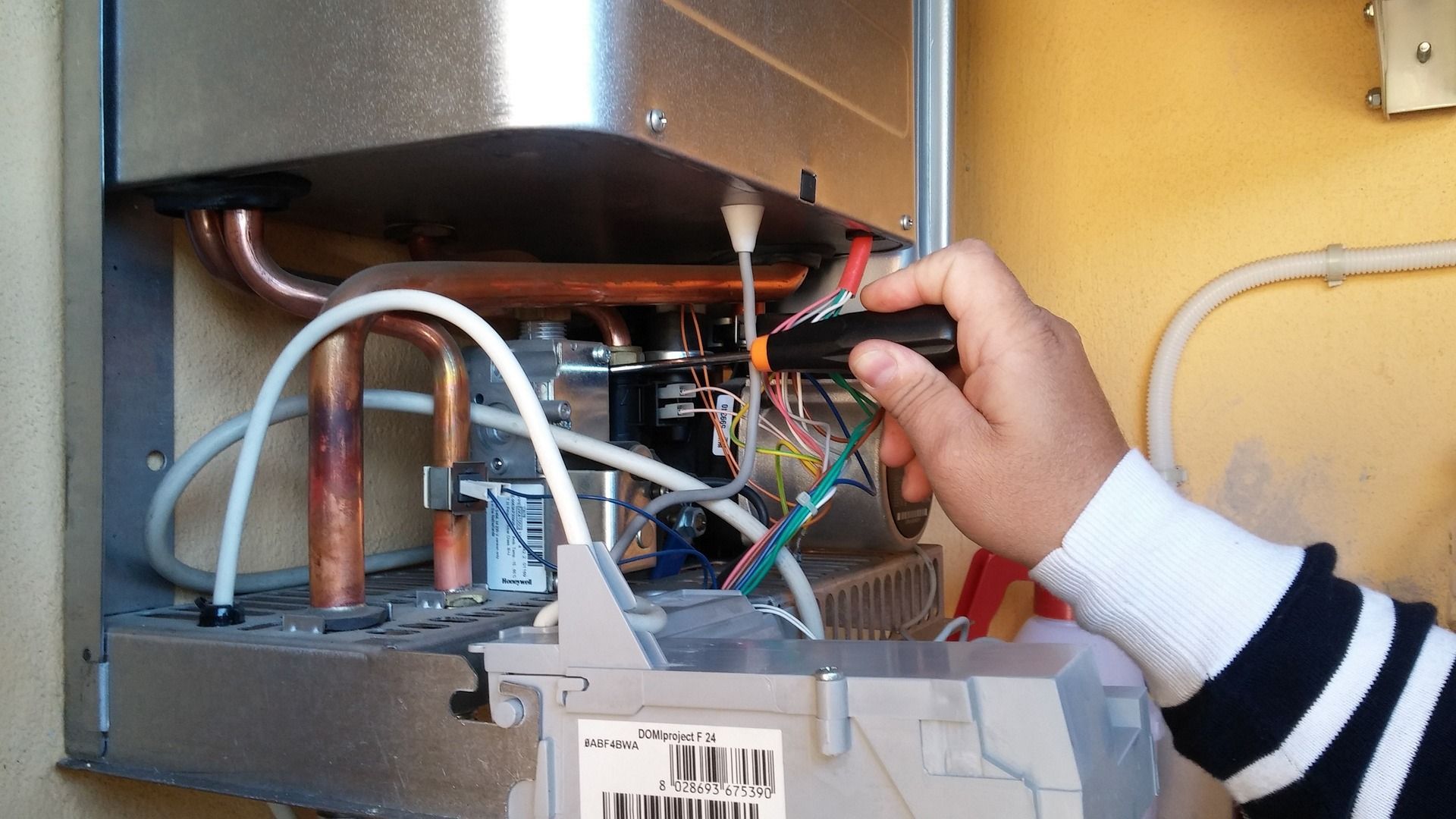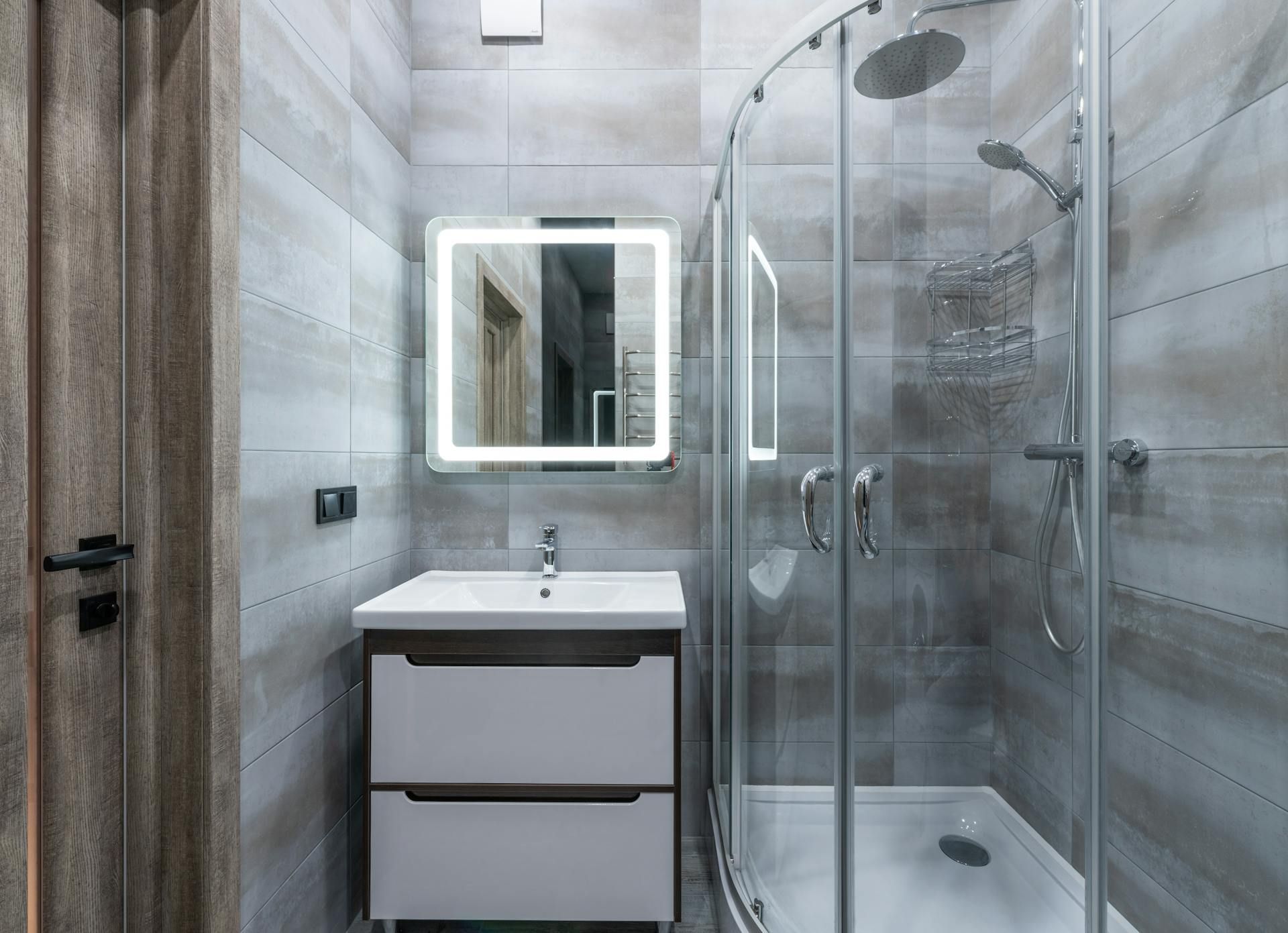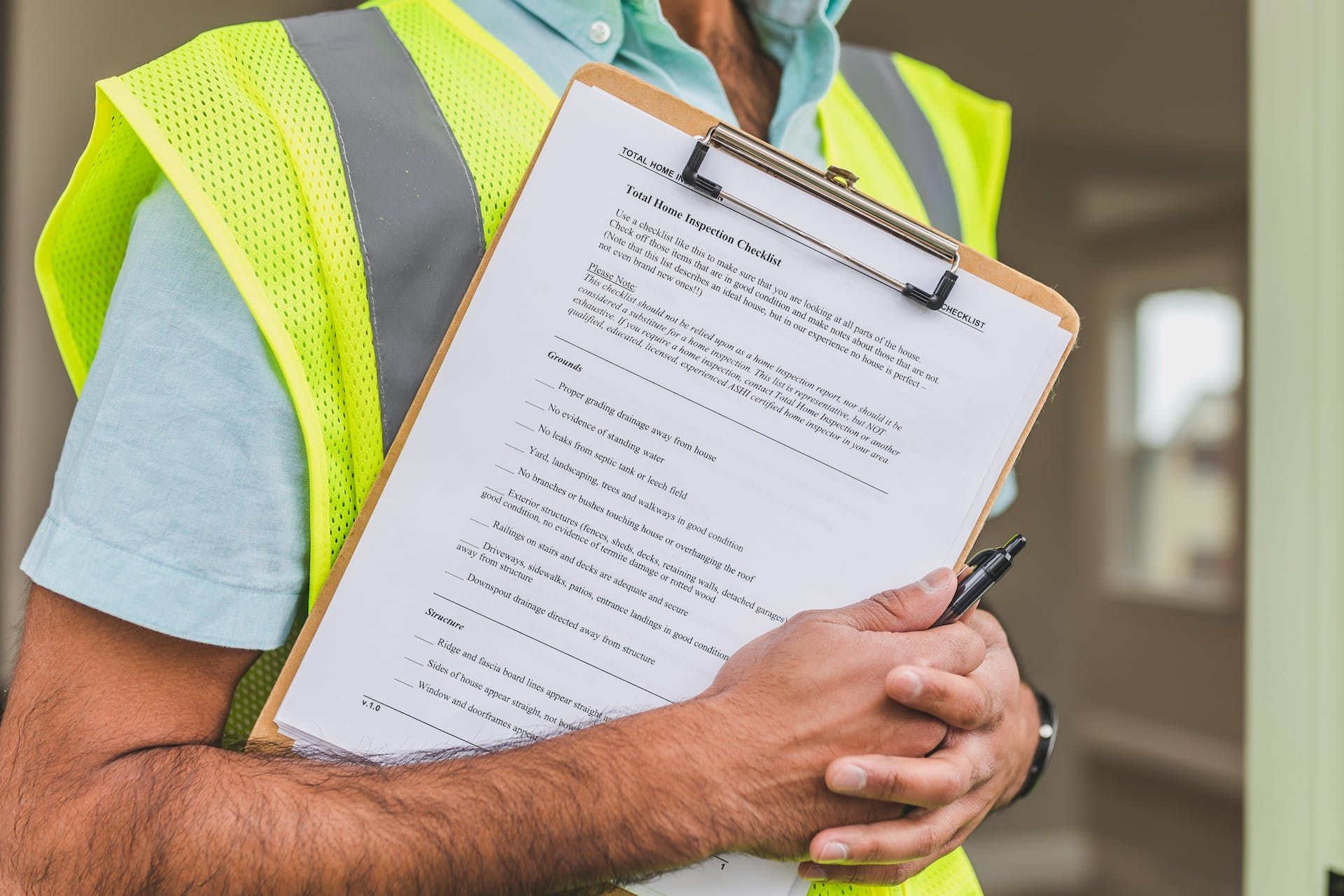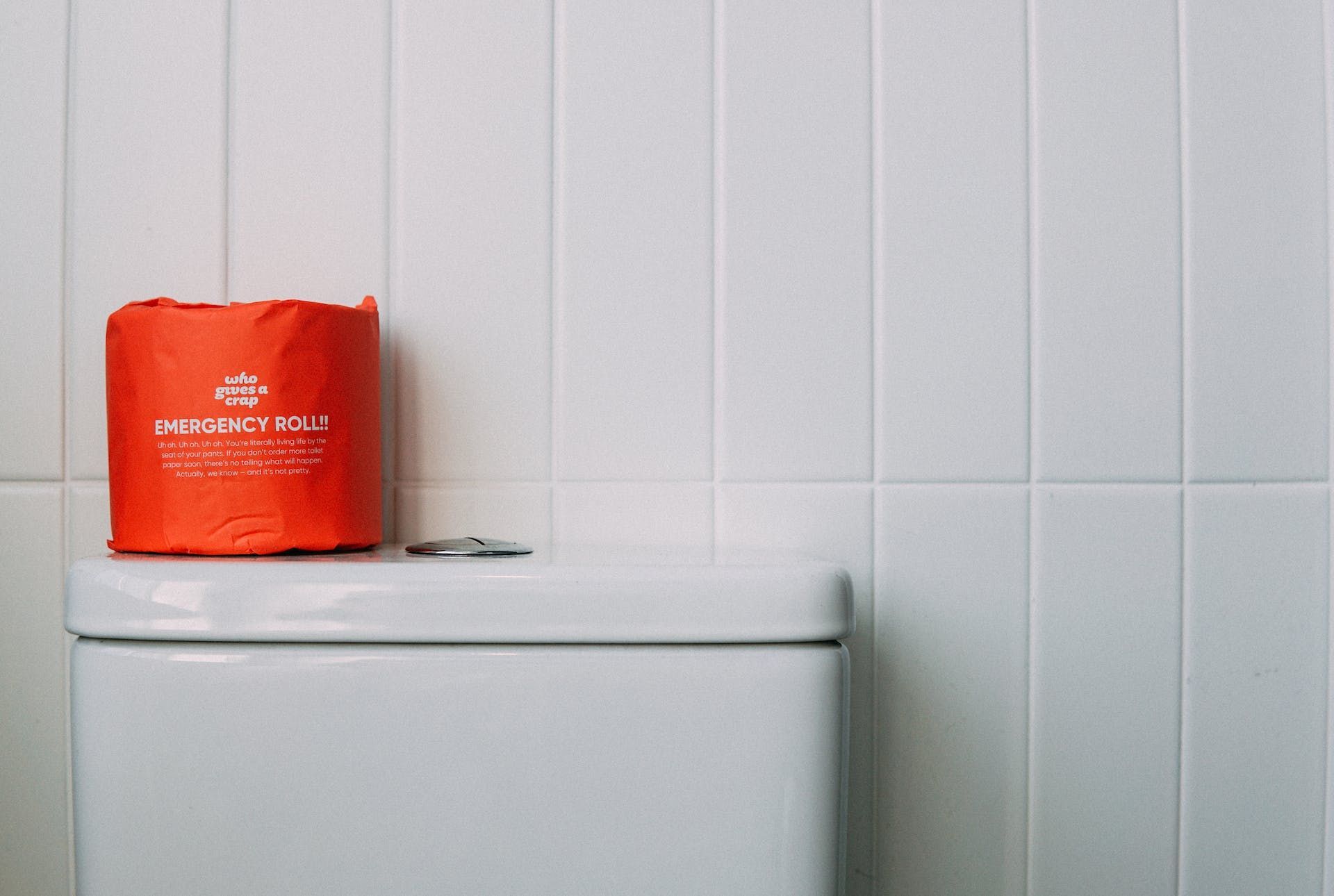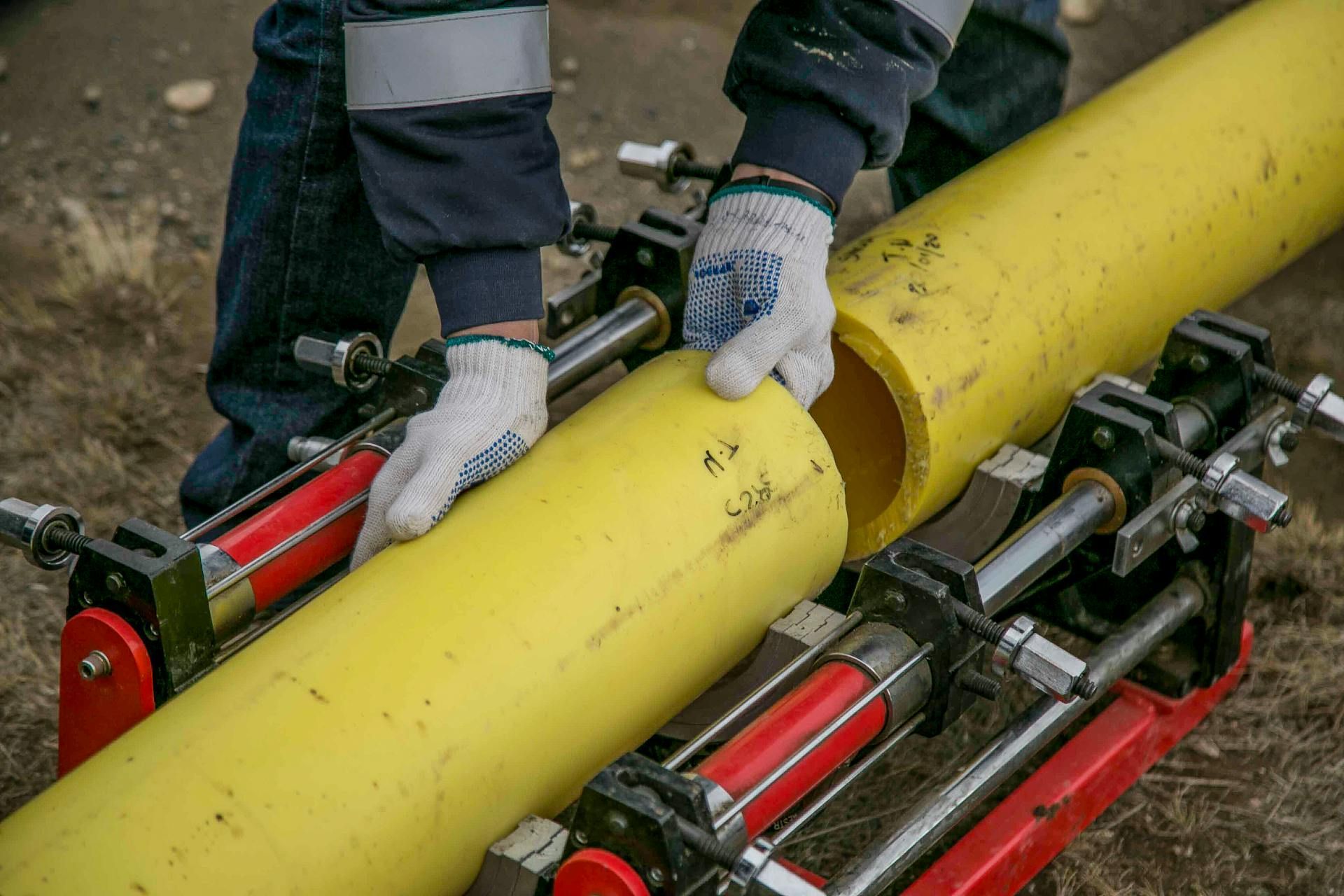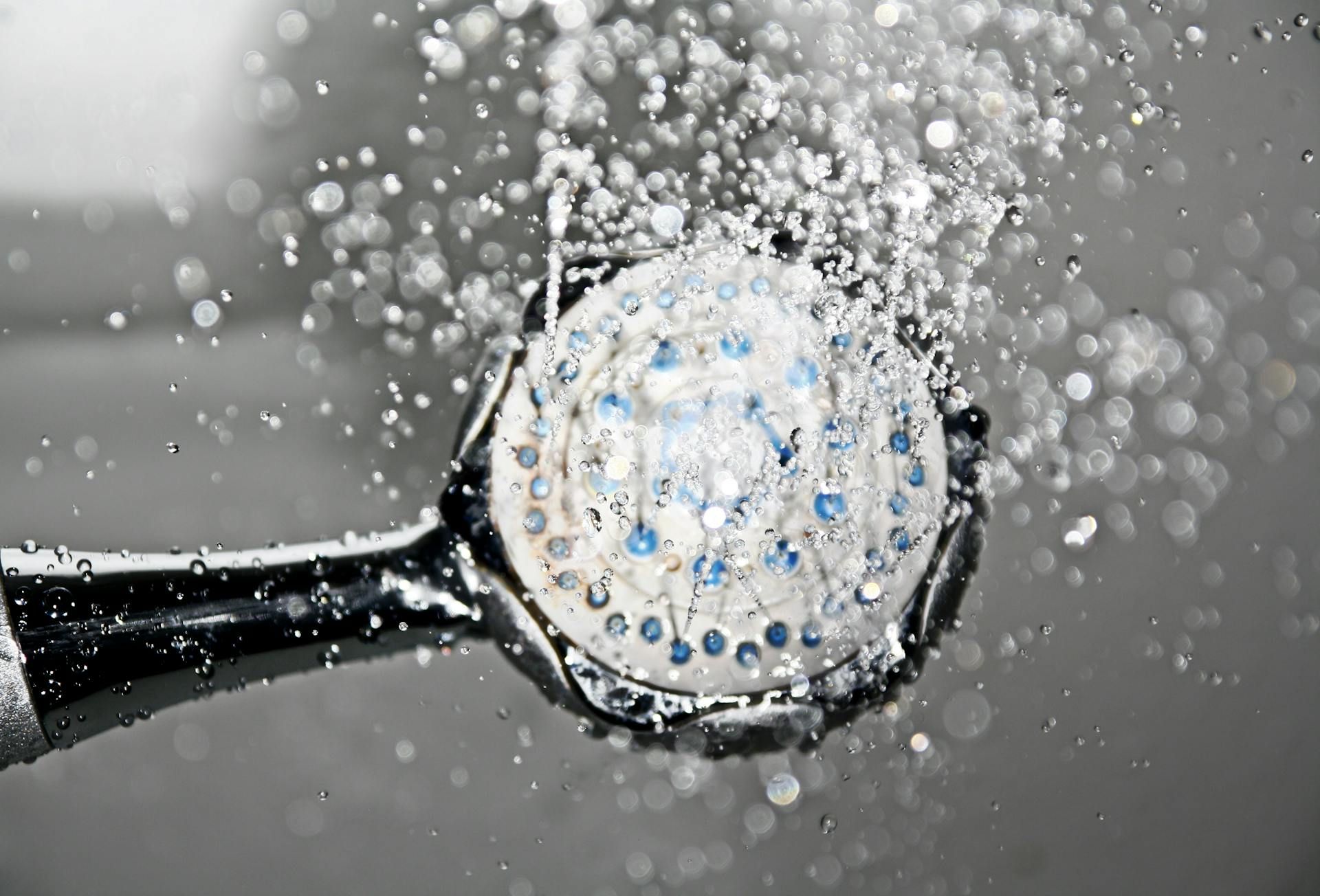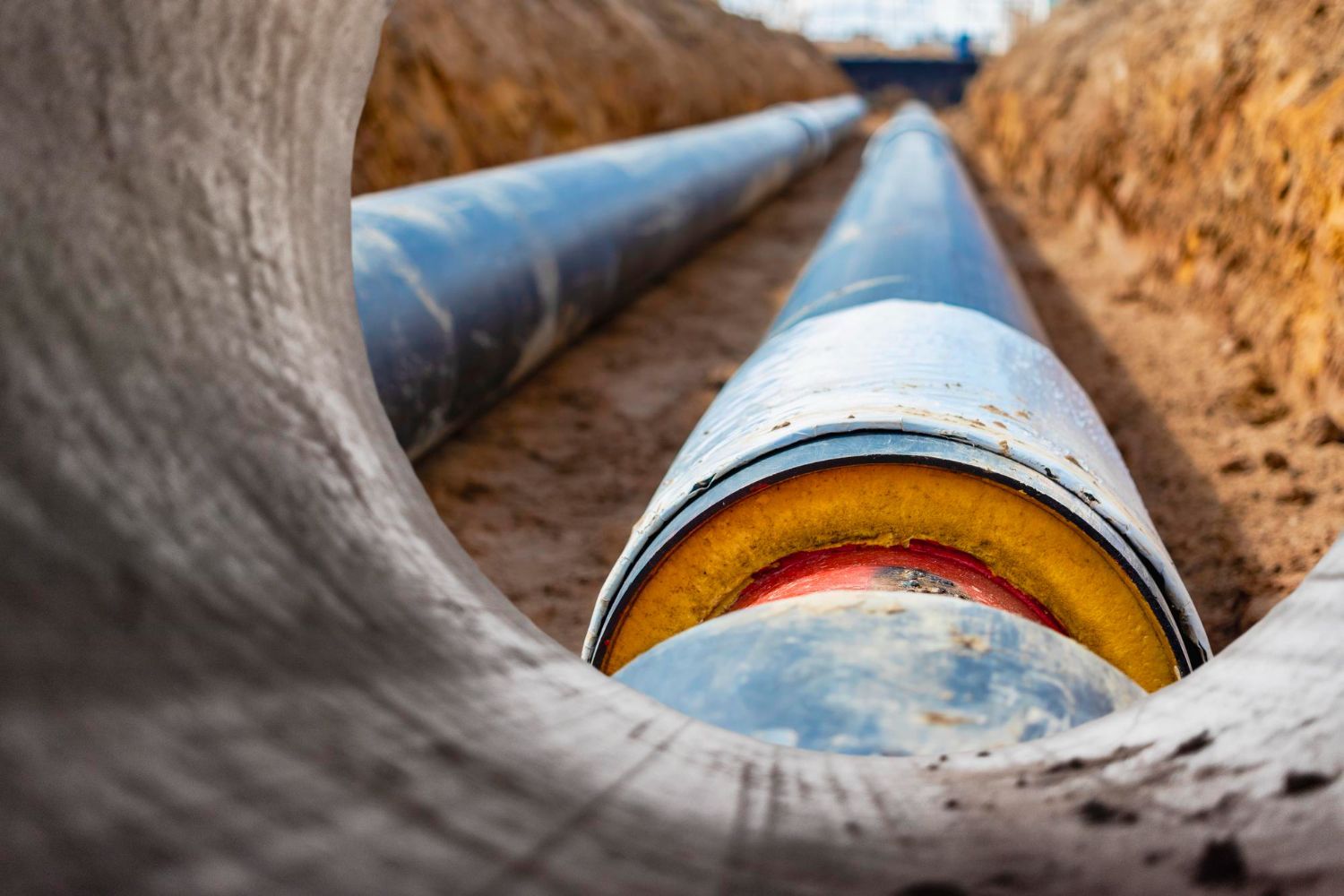How to Prevent Calcium Buildup in Toilet
What Is Calcium Buildup?
If you've ever noticed a white, crusty substance forming around the edges of your toilet bowl, chances are you are dealing with calcium buildup. Calcium buildup, also known as limescale or mineral deposits, can be unsightly and difficult to remove. But what exactly is calcium buildup in the toilet, and why does it happen?
Calcium buildup occurs when minerals in the water, such as calcium and magnesium, accumulate over time on the surface of the toilet bowl. These minerals are commonly found in hard water, which is water that has a high mineral content. When hard water is flushed down the toilet or left standing in the bowl, the minerals can adhere to the porcelain and form a hard, crusty deposit.
Not only is calcium buildup unsightly, but it can also cause other issues in your toilet. The deposits can build up inside the flush valve, causing it to malfunction and potentially leading to a
running toilet. In severe cases, calcium buildup can even block the toilet trap, leading to clogs and
backups.
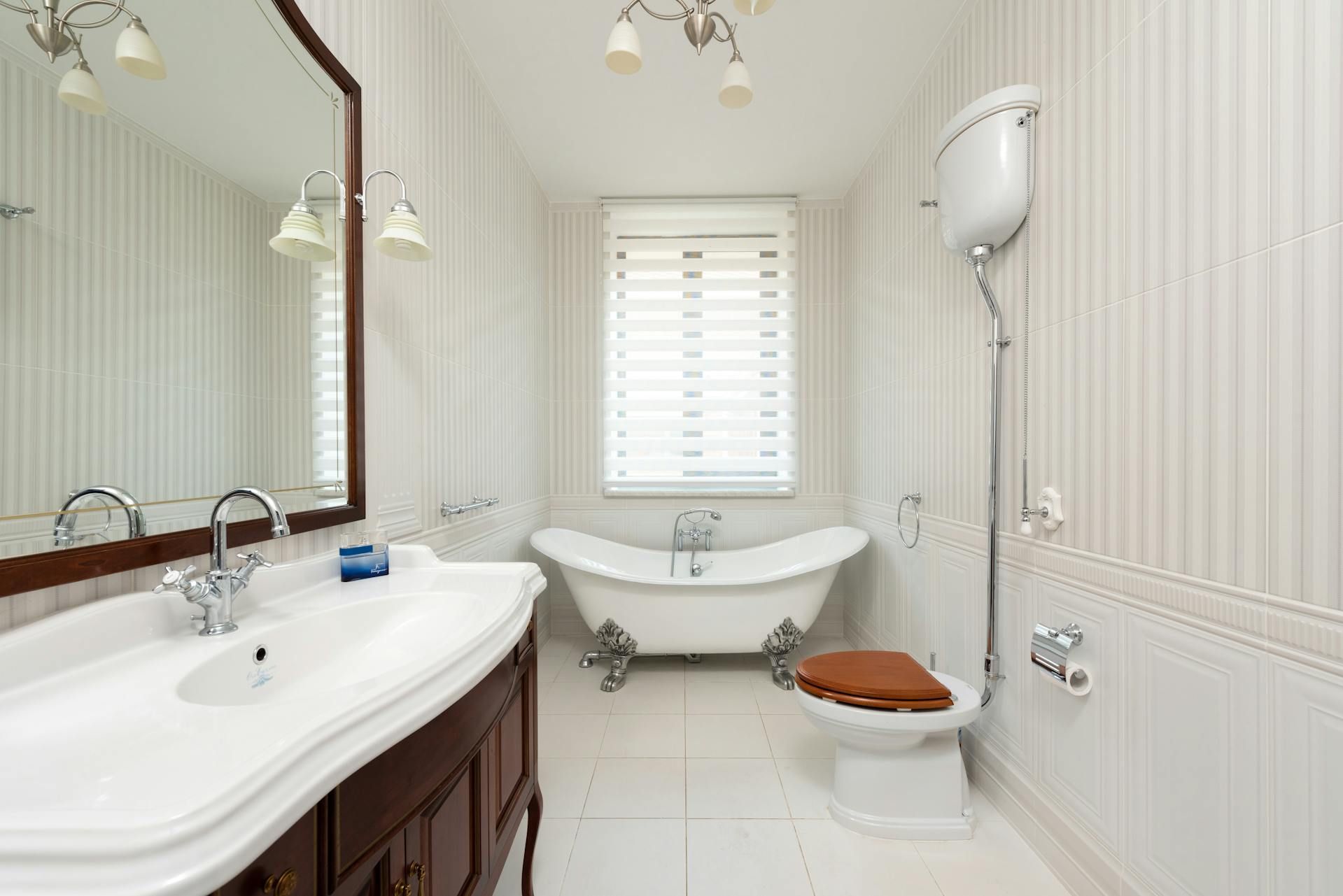
Common Causes of Calcium Buildup in Toilet
Have you ever noticed a hard, white substance building up in your toilet bowl? Chances are, you are dealing with calcium buildup. Calcium buildup, also known as limescale, can be unsightly and difficult to remove if left untreated. But what causes this pesky issue in the first place? Let's take a look at some common causes of calcium buildup in toilets.
1. Hard Water: Hard water is water that contains a high concentration of minerals, including calcium and magnesium. When hard water is heated, these minerals can form into solid deposits, such as limescale, that can accumulate in your toilet bowl over time.
2. High Water Pressure: If your home has high water pressure, the force of the water rushing through your pipes and fixtures can cause minerals to dissolve and contribute to calcium buildup in your toilet.
3. Infrequent Cleaning: Not regularly cleaning your toilet can lead to a buildup of dirt, grime, and minerals like calcium. Over time, these deposits can harden and become more difficult to remove.
4. Old Plumbing: If your home has old plumbing or fixtures, there may be more opportunities for minerals like calcium to accumulate and create limescale in your toilet.
5. Using Harsh Chemicals: Some toilet cleaning products contain harsh chemicals that can actually contribute to calcium buildup over time. It's important to use gentle, non-abrasive cleaners to prevent further buildup.
Now that you know some common causes of calcium buildup in toilets, it's important to take steps to prevent and remove limescale in your bathroom. Regular cleaning with a non-abrasive cleaner, using a water softener to treat hard water, and maintaining a regular cleaning schedule can help keep your toilet free of calcium buildup. If you're dealing with a stubborn limescale problem, there are also commercial limescale removers available that can help break down and remove the deposits.
How to Get Rid of Calcium Buildup in Toilet
Calcium buildup in the toilet can be a frustrating problem to deal with, but fortunately, there are some simple and effective ways to tackle this issue. Whether you're dealing with mild stains or stubborn buildup, here are some tips on how to get rid of calcium buildup in your toilet.
1. Vinegar and Baking Soda: One of the most effective and natural ways to remove calcium buildup in the toilet is to use a combination of vinegar and baking soda. Start by pouring a cup of vinegar into the toilet bowl and letting it sit for a few hours or overnight. Then, sprinkle baking soda over the vinegar and scrub the bowl with a toilet brush. The acidic properties of the vinegar will help break down the calcium deposits, while the abrasive nature of the baking soda will help scrub them away.
2. Lemon Juice: Another natural way to remove calcium buildup in the toilet is to use lemon juice. Simply squeeze the juice of a lemon into the toilet bowl and let it sit for a few hours. Then, scrub the bowl with a toilet brush to remove the stains. The citric acid in the lemon juice will help dissolve the calcium deposits and leave your toilet looking clean and fresh.
3. Commercial Cleaners: If natural remedies don't do the trick, there are a variety of commercial cleaners available that can help remove calcium buildup in the toilet. Look for a cleaner that is specifically designed to tackle tough stains and deposits, and follow the manufacturer's instructions for best results. Be sure to wear gloves and work in a well-ventilated area when using these cleaners.
4. Regular Maintenance: The best way to prevent calcium buildup in the toilet is to practice regular maintenance. Make sure to clean your toilet regularly with a mild cleaner and a toilet brush to prevent stains and buildup from forming. Additionally, consider using a water softener to help reduce the amount of mineral deposits in your water, which can contribute to calcium buildup in the toilet.
How to Prevent Calcium Buildup in Toilet
The first step in preventing calcium buildup is to regularly clean your toilet. Use a mild, non-abrasive cleaner to scrub the inside of the bowl and remove any existing calcium deposits. Make sure to pay special attention to the area under the rim, as this is a common hotspot for buildup. Regular cleaning will help prevent calcium from building up in the first place and keep your toilet looking fresh and clean.
Another way to prevent calcium buildup in your toilet is to invest in a water softening system. Hard water, which is high in mineral content, is a common culprit for calcium buildup. By installing a water softening system in your home, you can reduce the amount of minerals in your water and prevent calcium buildup in your toilet and other fixtures. Additionally, using a water filter on your showerhead can also help reduce mineral buildup in your bathroom.
In addition to regular cleaning and water softening, there are a few other preventative measures you can take to keep calcium buildup at bay. First, try to avoid using harsh chemical cleaners in your toilet, as these can actually promote mineral buildup. Instead, opt for gentler, eco-friendly cleaners that won't harm your toilet or the environment.
Additionally, consider using a toilet bowl cleaner with citric acid or vinegar, as these natural acids can help dissolve calcium deposits and prevent them from forming. You can also try adding a cup of vinegar to your toilet tank every few months to keep calcium buildup in check.
Conclusion
Preventing calcium buildup in your toilet is not only important for maintaining a clean and functional bathroom, but it also helps to extend the life of your fixtures and plumbing. By following some simple maintenance tips, you can effectively reduce or eliminate calcium buildup in your toilet.
Address: 3215 Dix Hwy, Lincoln Park, MI 48146 | Phone: 1-877-783-TRUE (8783)
Copyright © 2023 Tru-Flo Plumbing, All Rights Reserved


